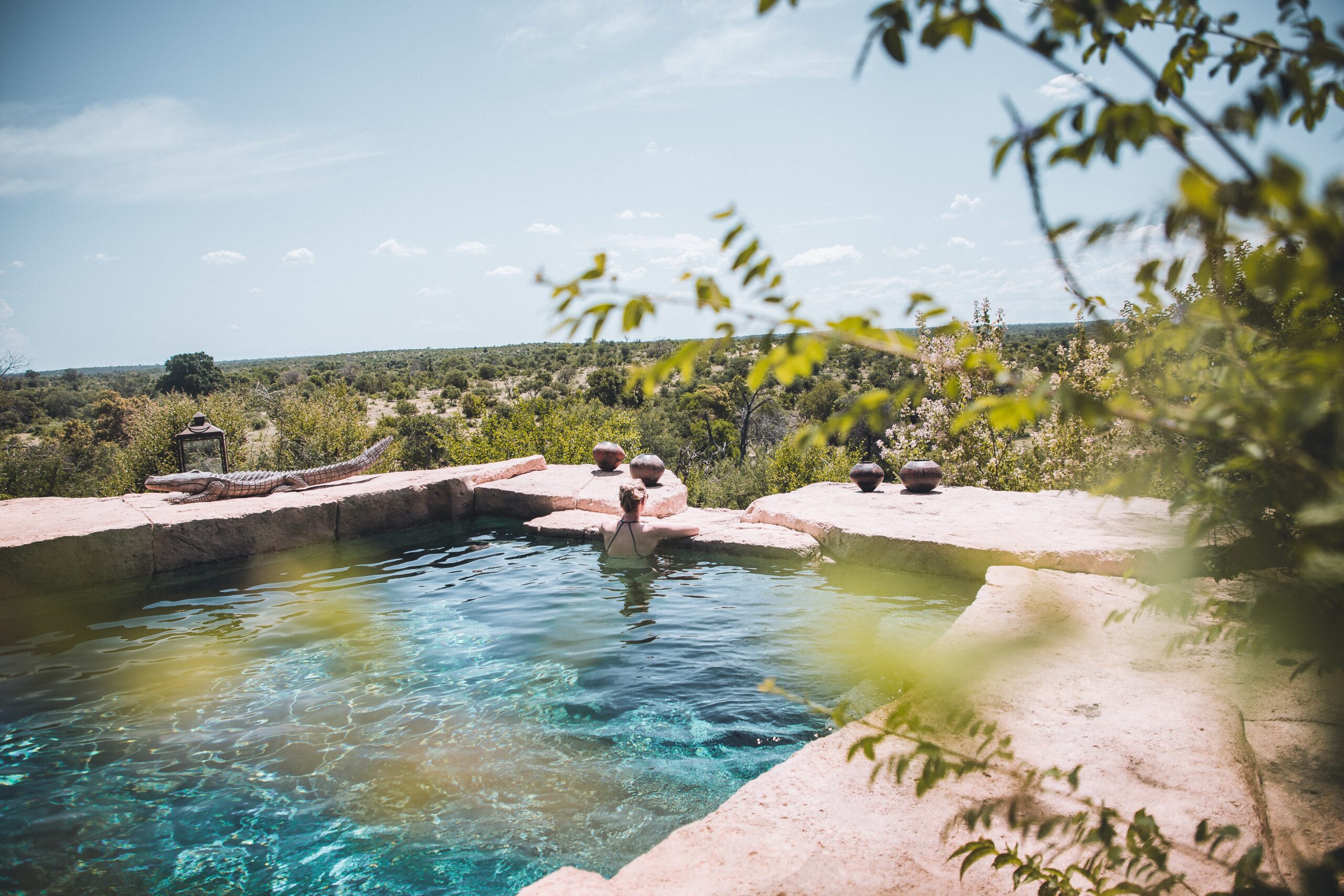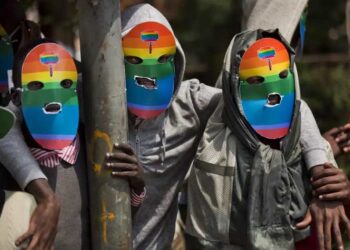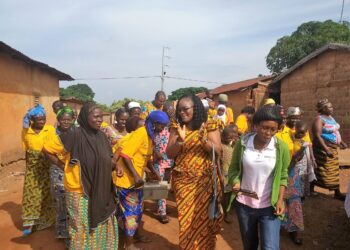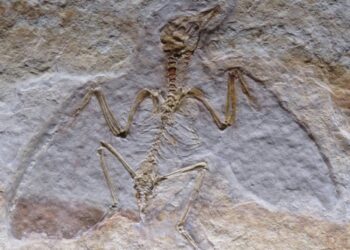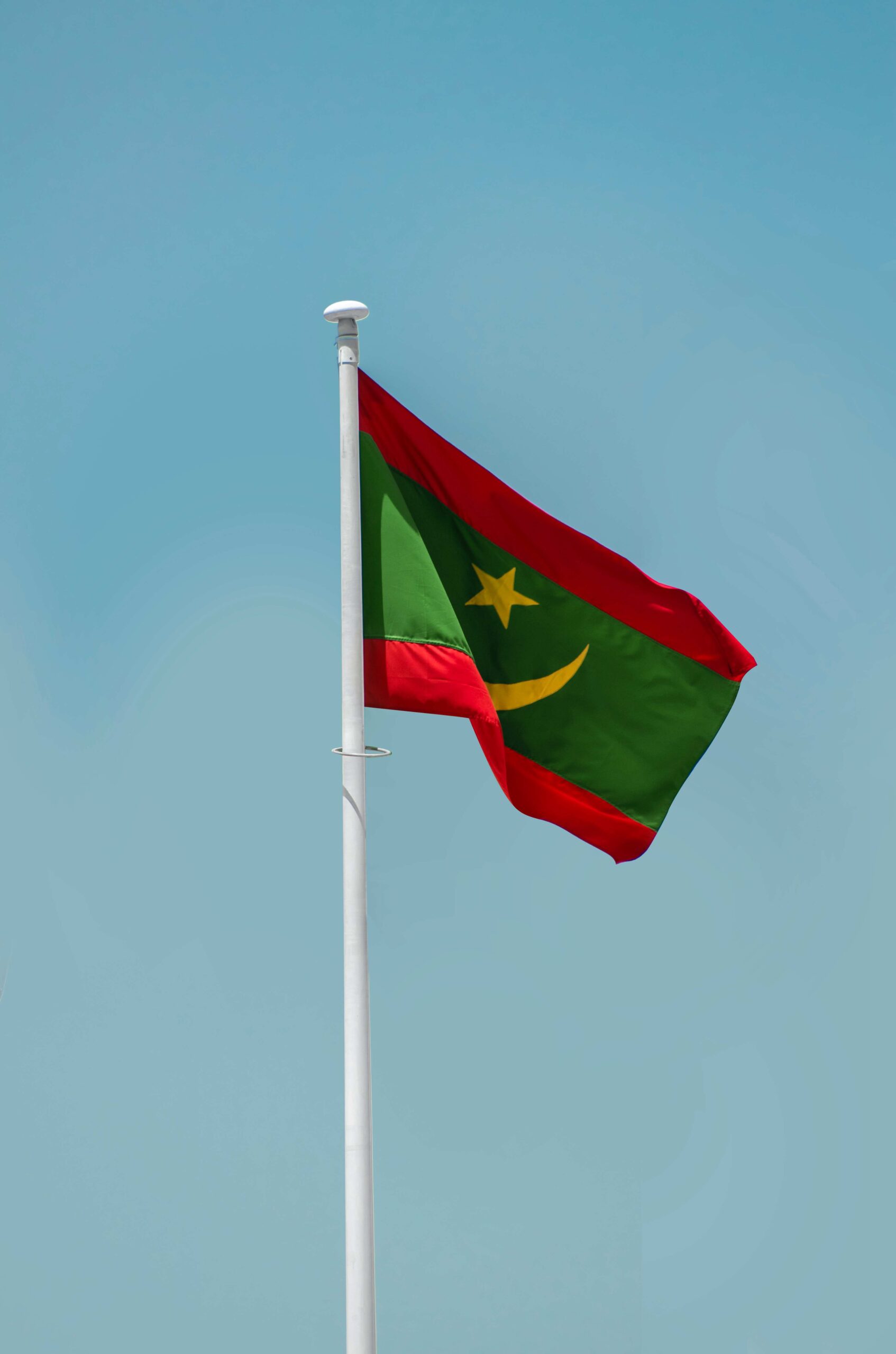Kololo is a neighbourhood located in the capital city of Uganda, Kampala. It is a symbol of African wealth, showcasing the development and progress that many countries on the continent have achieved in recent years. It is the perfect example of what African wealth looks like, and here’s why.
Since independence in 1962, Kololo has retained its status as the most luxurious residential area in Kampala and even Uganda. The properties in Kololo are owned by some of the wealthiest and most successful individuals in the country, including business leaders, politicians, and celebrities. Kololo sits about 4305 feet above Kampala, offering stunning views of the city, as well as Lake Victoria.
Kololo has a rich cultural heritage, having been the site of several important events in Uganda’s history. The neighbourhood was once home to the palace of Kabaka Mwanga II, one of the most powerful kings in Uganda’s history. The palace has since been converted into a museum, which showcases the rich cultural heritage of the Buganda Kingdom
One thing that stands out about the area is that it has “refused” to turn itself into a commercial area, unlike other neighbourhoods in Kampala. While the neighbourhood keeps expanding due to demand, its residents want to retain its status as a quiet neighbourhood and not a loud commercial area. After all, Kololo is famous for its tidy streets, clean pavements and peaceful surroundings.
Many houses in Kololo are single-family detached homes as well as modernised apartment blocks which usually sell between $20,000-$1 million USD. The homes in Kololo boast open-style floor plans, the latest home technology, luxury swimming pools, gyms, manicured lawns and gardens, tennis courts and 24-hour security.
While Kololo is a highly desirable place to live, it is a rare example of what wealth in Uganda actually looks like. While the country aspires to become an upper-middle class economy by 2040, the country’s current Gross National Income per capita is under $1000. While the government pushes Vision 2040, a document drawn up in 2007, inequality and multidimensional poverty remains prevalent in Uganda. Although Kololo is an example of what African wealth looks like, it is not an accurate representation given that many can only aspire to live there.
Image Credit: Sebastian Canaves on Unsplash

